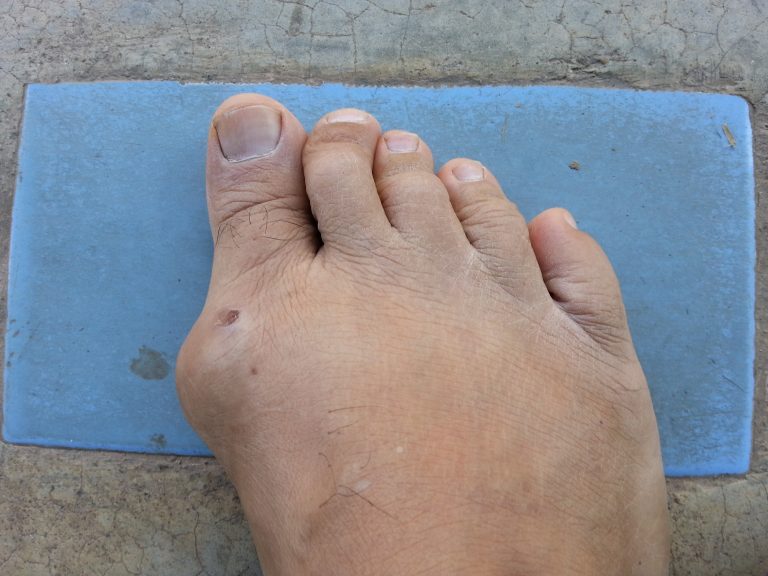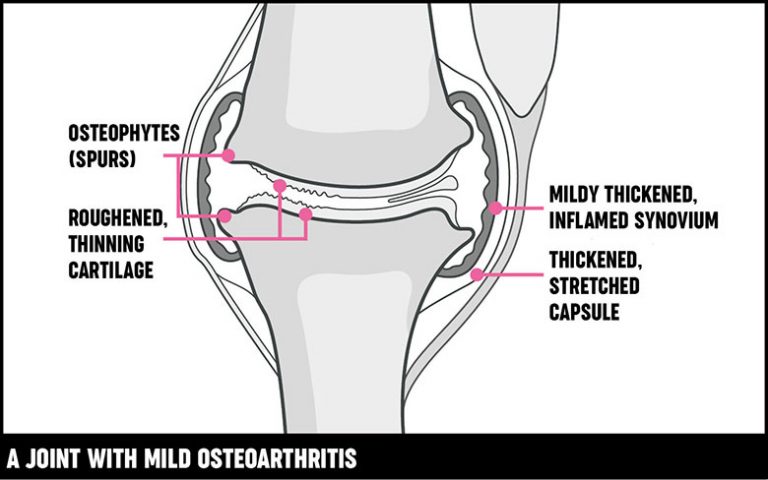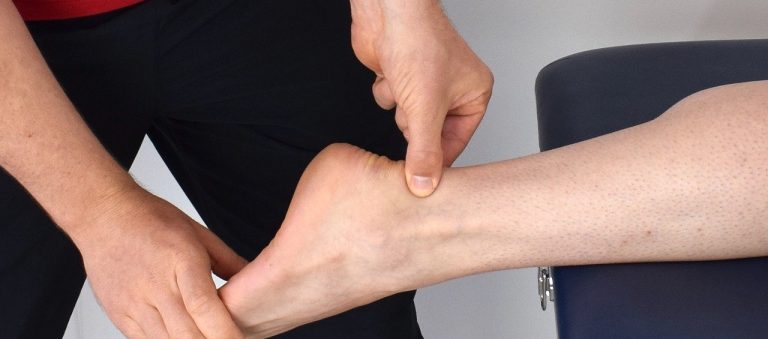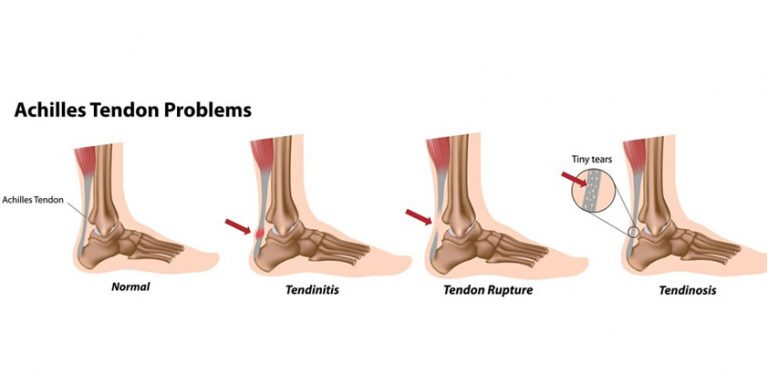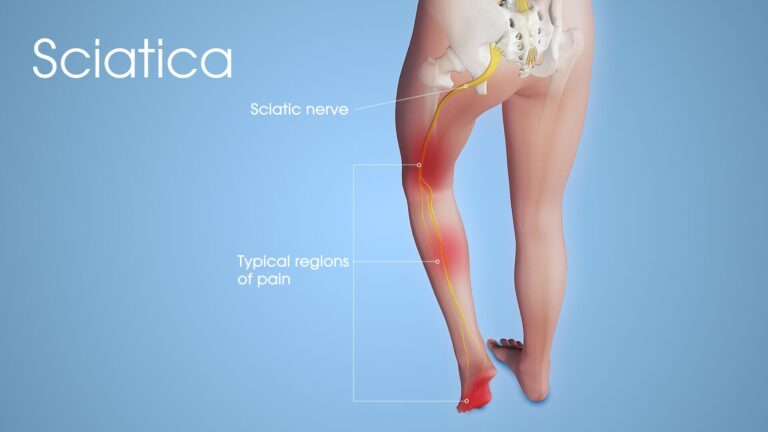Spondylosis meaning: What is Spondylosis?
That pain that you are feeling on your neck or lower back could just be wear and tear of your discs. Discs cushion vertabrae from friction and aid in free movement of the spine. Spondylosis and degenerative disc disease of the spine basically refer to the same thing. Spondylosis is the dehydration of spinal soft tissue components such as spinal discs .
This dehydration increases the chance of exposed bones rubbing against each other, leading to pain. Pain resulting from wear and tear is often due to bone spurs in affected individuals. Furthermore, deterioration of the spinal soft tissue can cause the tendons, muscles, and ligaments to become thicker and stiffer.
Types of spondylosis
Spondylosis classification is by location. For example, the phrase “spondylosis of the lumbar spine” means degenerating inter vertebral discs in the low back. Spondylosis can occur in the cervical spine (neck), thoracic spine (upper and mid back), or lumbar spine (low back). Lumbar spondylosis and cervical spondylosis are the most common.
Multilevel spondylosis means that these changes affect multiple vertebrae in the spine.
Spondylosis and degenerative disc disease symptoms, causes, risk facotors and remedies
Symptoms
–Tingling, numbness and weakness in your arms, hands, legs or feet
–Lack of coordination and difficulty walking
–Loss of bladder or bowel control,
–Digestive disorders (Hiatal hernia, indigestion, or constipation)
–Sciatica, nerve pain, and radiculitis
–Pain in the neck, upper back, low back, and buttocks
–Headaches and migraines
Causes
As you age, the bones and cartilage that make up your backbone and neck gradually develop wear and tear. These changes can include:
-Dehydrated disks. Discs act like cushions between the vertebrae of your spine. By the age of 40, most people’s spinal discs begin drying out and shrinking, allowing more bone-on-bone contact between the vertebrae.
-Herniated disks/ Slipped discs/ ruptured discs. Age also affects the exterior of your spinal discs. Cracks often appear, leading to bulging (herniated) discs, which sometimes can press on the spinal cord and nerve roots.
-Bone spurs. Disc degeneration often results in the spine producing extra amounts of bone in a misguided effort to strengthen the spine. These bone spurs can sometimes pinch the spinal cord and nerve roots.
-Stiff ligaments. Ligaments are cords of tissue that connect bone to bone. Spinal ligaments can stiffen with age, making your neck less flexible.
Risk factors
- Obesity
- Poor posture
- Traumatic injury
- Participation in high impact sports
- Genetic factors.
- The natural ageing process
Home remedies
–Stop carrying heavy backpacks and purses
–Ice the affected area for 10 minutes (wrap the ice pack in a towel)
–Take repeated breaks from prolonged sitting. Get up and walk around every 30-45 minutes
–Get specific neck exercises
Food supplements
Collagen for spondylosis/degenerative disc disease
Our cartilage and the discs of the back are mainly composed of Collagen. We have the capability to repair them when they they wear out. However, we don’t produce enough collagen to facilitate this process as we age. As a result, this leads to wear and tear (degeneration) resulting in various conditions, among them Spondylosis.
It’s therefore important to replenish your Collagen levels as this helps in the repair of cartilage to restore the joint to its healthy state. Magnesium has been found to increase the body’s ability to absorb collagen. In addition to this, Magnesium has other benefits that include its anti- inflammatory properties, reducing insulin resistance in type 2 diabetes as well as fighting depression and migraines.
The 2 in 1, collagen with Magnesium can be found in our Shop at the best price. Grab yours now and start the healing process. Most patients start noticing improvement in 2 to 3 weeks of taking.
Or click here to Buy Now!

Turmeric Curcumin with Black pepper capsules
Degenerative disc disease or spondylosis does not always cause pain in patients. You will probably start feeling pain when disc degeneration leads to problems with the surrounding spinal structures like nerves and muscles. One of the major sources of this pain is inflammation caused by intervertebral disc fluid.
The inflammation affecting the nerves and muscles is usually quite painful and may be experienced in the form of muscle swelling and spasms, nerve irritation and shooting pains, and generalized tenderness.
However, this isn’t the only type of inflammation that can affect pain in the spine. If you are also suffering from chronic inflammation from another underlying disorder, the back pain may be worsened.
Inflammation is part of the body’s natural healing process and fights against harmful things in the body. However, inflammation is not intended to last very long. Chronic inflammation is inflammation that lasts more than a few days – the body’s normal inflammatory response time.
Turmeric Curcumin with Organic Black Pepper capsules are good for reducing this inflammation and have pain relieving properties as well.
You can find it in our Shop or chat with us on whatsapp to get half a dose if you are buying it together with the collagen supplements.
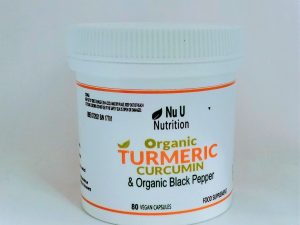

Knowledge is power. We believe in helping prospective buyers make an informed decision before purchase. We also invest time on researching quality supplements with a proven record that will show results to my esteemed clients.

